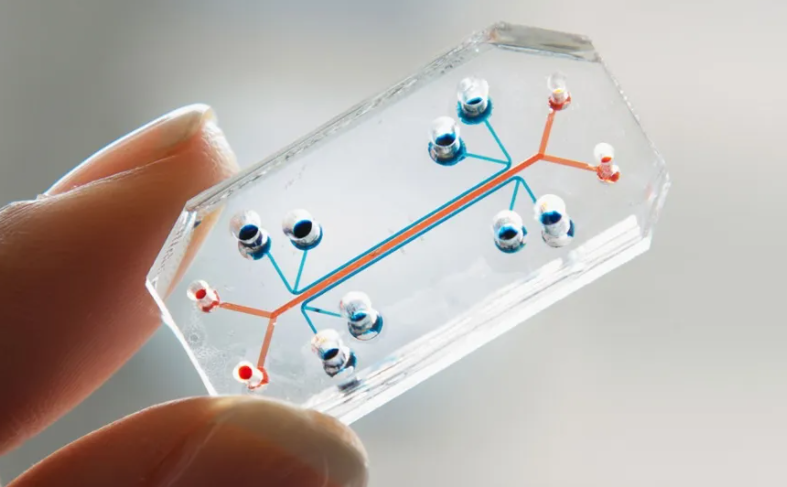
Current Sensing Analog Frontend for Bio-Medical Devices
Abstract:
Current sensing analog front end (AFE) for biomedical devices has found an insurgence in its application in biological research and instrumentation as well as in the clinical and physiological measurements of patients. Driven by an increasing demand for low cost, low power, simple and portable technology, these AFEs have been employed extensively in bio-sensing image sensors and biosensors such as patch-clamps for studying the effects of drugs and medical treatments and even DNA sequencing systems. They are also being used extensively in optical sensing for the acquisition of photoplethysmography (PPG) signals together with near infrared spectroscopy (NIRS) for measurement of human vital signs such as blood oxygen (SpO2) levels, heart rate (HR), heart rate variability (HRV) and blood pressure, blood glucose and even enabling functional brain imaging. This work presents an AFE for current sensing applications. In the first phase, a fully differential transimpedance amplifier (TIA) AFE is proposed with a 94 dB dynamic range (DR), 2.52nA input referred rms noise, consuming 111µW. It has been verified for PPG signal acquisition. In the second phase, a direct current to digital conversion AFE is proposed by incorporating the TIA in a fully differential continuous time (CT) delta sigma (ΔΣ) analog to digital converter (ADC) to detect nano amperes of current in nano-pore based DNA sequencing and for screening of drugs by measuring ion channel currents. The ADC achieves an Effective number of bits (ENOB) of 9-Bits, signal to noise ratio (SNR) of 56.2dB and spurious free dynamic range (SFDR) of 52.9dB, in a 10kHz bandwidth (BW) while consuming 338.4µW. The proposed work has been designed, implemented, and simulated using 180nm Complementary Metal Oxide Semiconductor (CMOS) process. The achieved performance in terms of SNR, SFDR and ENOB is comparable to recent literature works with reduced power and operating frequency.

